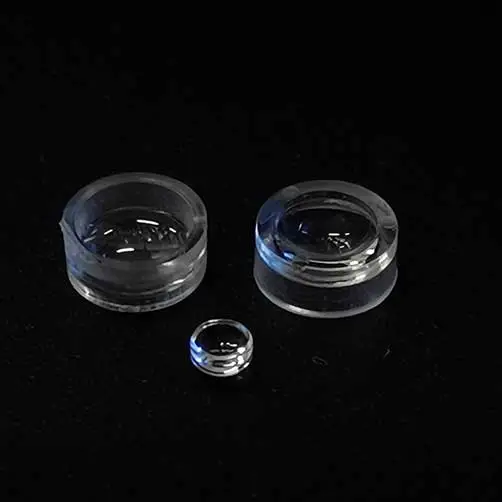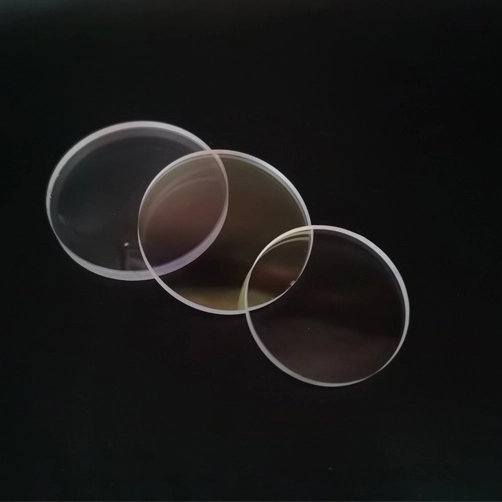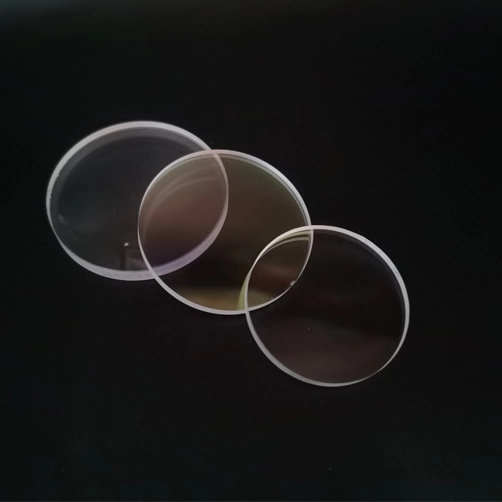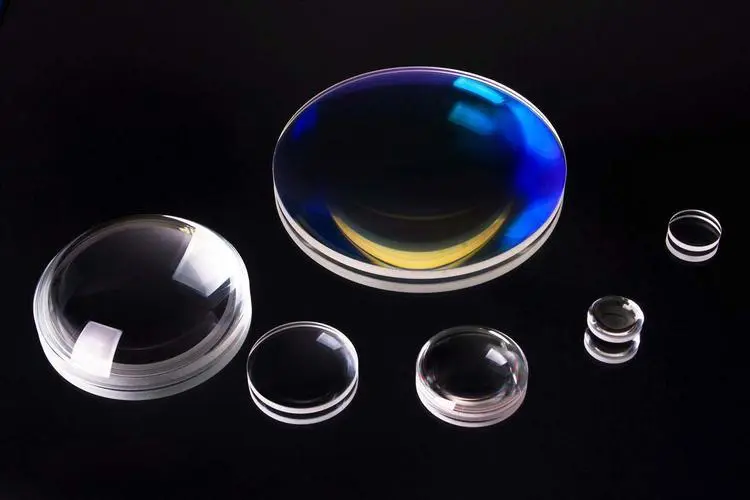
In most cases, infrared detection targets are low-contrast and weak compared to visible light; the residual reflectance of the infrared optical components is much larger than that of visible light, so the anti-interference capability of the infrared optical system itself is low. Infrared systems have increasingly high requirements for temperature resolution, typically requiring the resolution of small temperature differences of below 0.1℃ of an object.
In order to ensure that the infrared system can always obtain stable and clear images under adverse environmental conditions, besides reducing noise from the electronic system as much as possible, the optical system often takes various measures to suppress and reduce these interferences.
The radiation received by the infrared detector is mainly composed of three parts:
Target radiation;
Internal radiation that directly reaches the detector;
Internal radiation that reaches the detector through reflection from the lens surface, including thermal radiation from the barrel and cold radiation from the detector itself, i.e. first-order cold reflection (Narcissus).
For infrared optics systems with built-in scanners, these internal radiations will cause fatal interference to the images, resulting in inherent image defects.
The internal radiation of the infrared system is often much stronger than the target radiation, especially in high temperature environments. Without considering the efficiency of the cold stop, the thermal image quickly becomes white with increasing temperature, even saturating the detector, reducing the dynamic range of the infrared system. Relevant experiments have shown that the infrared system cannot work properly under environmental temperature conditions higher than 50℃ without considering the efficiency of the cold stop.
Using low emission reflective surfaces and reasonable curvature design to defocus the cold reflection and prevent internal thermal radiation from entering the detector.
The change of receiving energy in the entire scanning field due to the vignetting and movement of the light beam results in disturbance in the form of alternating noise, which interferes with the image. Therefore, infrared optical systems with built-in scanners should be free of vignetting and minimize the movement of the light beam as much as possible.
Comparing with the radiation from the target, 1% residual reflectance of the optical components causes obvious interference to the infrared image. Good coating technology is critical for improving the quality of infrared images, as it simplifies the design of the infrared optical system.
Making the cold reflection image of any optical surface significantly defocus relative to the cold detector to reduce the intensity of the cold image and minimize internal thermal radiation entering the detector; however, this method often comes at the cost of sacrificing other performance of the infrared optical system.
By utilizing the spectral differences between cold and natural images and using filters properly, the intensity of cold images can be reduced without affecting the natural image.



